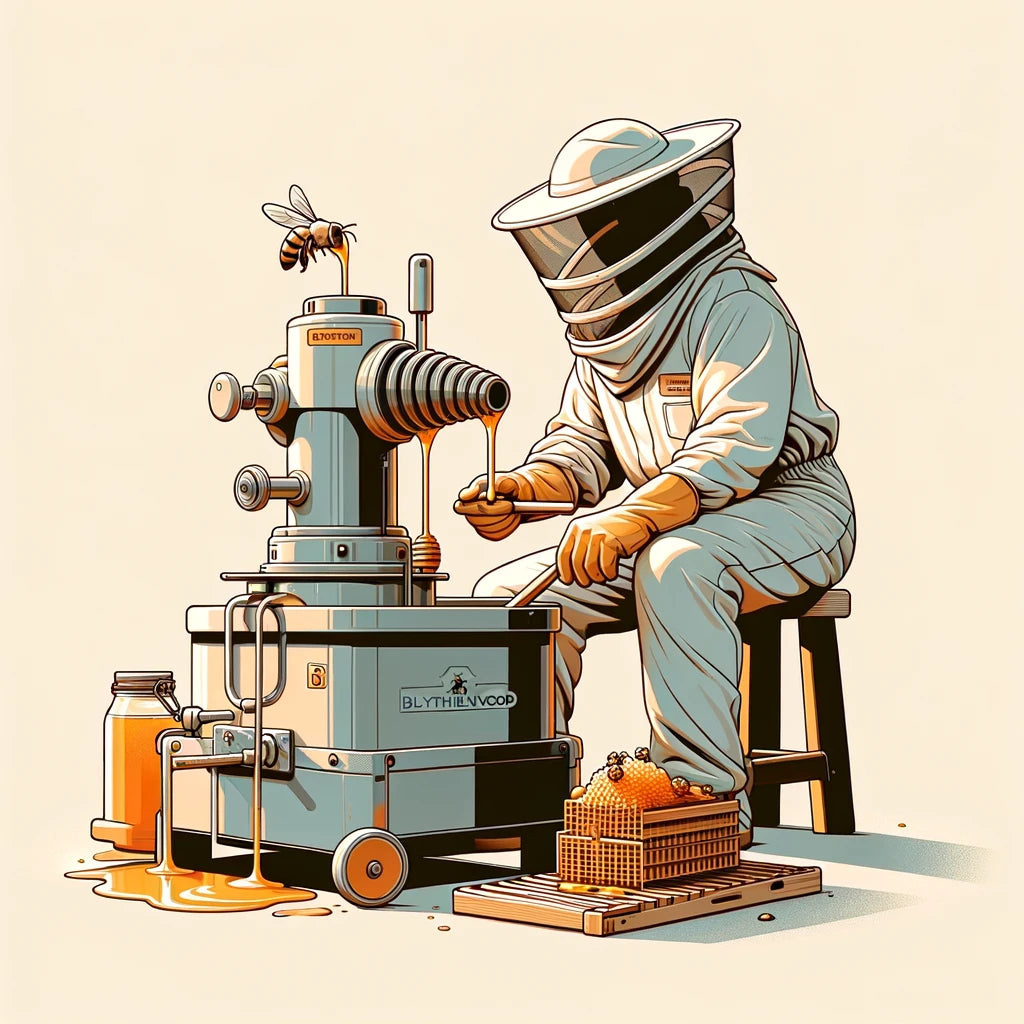
Honey Extractors: A Comprehensive Guide to Types, Maintenance, and Best Practices
Honey extractors are essential tools for beekeepers, allowing for the efficient and non-destructive extraction of honey from the comb. Whether you are a hobbyist or a commercial beekeeper, choosing the right honey extractor equipment and understanding how to use and maintain it is crucial for a successful harvest. In this article, we will explore the various types of honey extractors, their features, maintenance, and best practices.
Types of Honey Extractors
Manual Honey Extractors
Manual honey extractors are operated by hand and are suitable for small-scale beekeepers. They come in different sizes, such as 2-frame, 4-frame, and 8-frame extractors, and are ideal for hobbyists or those with a small number of hives.
Electric Honey Extractors
Electric honey extractors are powered by electricity, making the extraction process faster and more efficient. They are available in different capacities and are suitable for medium to large-scale beekeeping operations.
Radial Honey Extractors
Radial honey extractors are designed to extract honey from both sides of the frames simultaneously, making the process quicker. They are available in manual and electric models and are popular among commercial beekeepers.
Tangential Honey Extractors
Tangential honey extractors extract honey from one side of the frame at a time. They are available in manual and electric models and are suitable for beekeepers with smaller operations.
Popular Honey Extractor Brands
Maxant Honey Extractors
Maxant is a well-known brand that offers a wide range of honey extractors, including electric and manual models. Their extractors are known for their quality and durability.
Dadant Honey Extractors
Dadant offers a variety of honey extractors, from small manual extractors to large electric models. Their extractors are popular among beekeepers for their efficiency and performance.
VIVO Honey Extractors
VIVO manufactures a range of honey extractors, including electric and manual models. They are known for their affordable yet reliable extractors, making them a popular choice for beekeepers.
Maintenance and Cleaning
Proper maintenance and cleaning of a honey extractor are essential to ensure its longevity and the quality of the extracted honey. Here are some general steps for cleaning a honey extractor:
1. Disassembly: Disassemble the honey extractor by removing the frames and any removable parts.
2. Scraping: Use a honey uncapping knife or tool to remove any wax and propolis from the frames and the interior of the extractor.
3. Washing: Wash the interior of the extractor and the frames with warm water and a mild detergent. Ensure that all honey residues are removed.
4. Drying: Allow the extractor and frames to dry completely before reassembling it for storage.
Best Practices for Using a Honey Extractor
1. Frame Preparation: Ensure that the frames are uncapped properly before placing them in the extractor to prevent damage to the comb.
2. Balancing: Always load the frames in a balanced manner inside the extractor to avoid excessive vibration during the extraction process.
3. Speed Control: If using an electric extractor, control the speed to prevent the comb from breaking due to excessive centrifugal force.
4. Filtering: After extraction, filter the honey to remove any remaining wax particles and impurities before bottling.
In conclusion, honey extractors are indispensable tools for beekeepers, and choosing the right one for your operation is crucial. Whether you opt for a manual or electric extractor, regular maintenance and proper use will ensure a successful and efficient honey extraction process.
General Questions About Honey Extractor
What are the Price Ranges for Different Types of Honey Extractors?
Manual honey extractors range from $100 to $300, suitable for hobbyists. Electric honey extractors start at around $300 and can exceed $1,500 for high-capacity, commercial-grade models.
How Do I Decide Between a Manual and an Electric Honey Extractor for My Needs?
Choose a manual extractor for a few hives; it's cost-effective and manageable for small batches. For more than ten hives or large quantities of honey, an electric extractor saves time and labor, making it ideal for medium to large-scale operations.
What are Common Problems with Honey Extractors and How Can They Be Fixed?
Common issues include excessive vibrations, leaks, and motor problems. Balance the frames to reduce vibrations, replace worn seals to fix leaks, and maintain the motor regularly to avoid electrical faults. Consult the manual for specific troubleshooting.
Are There Any Safety Tips for Using Electric Honey Extractors?
Ensure the extractor is stable and avoid overloading it. Keep hands and clothing away from moving parts. Regularly check electrical components and use a grounded outlet to prevent hazards.



Leave a comment